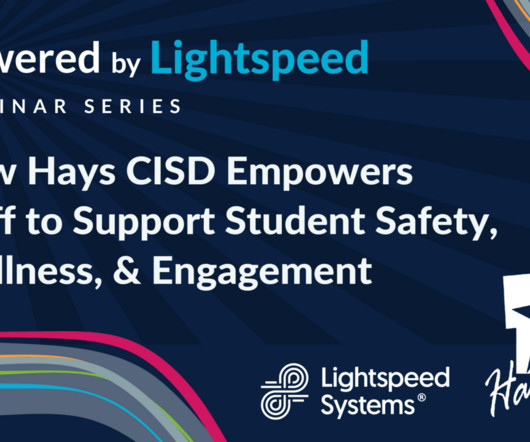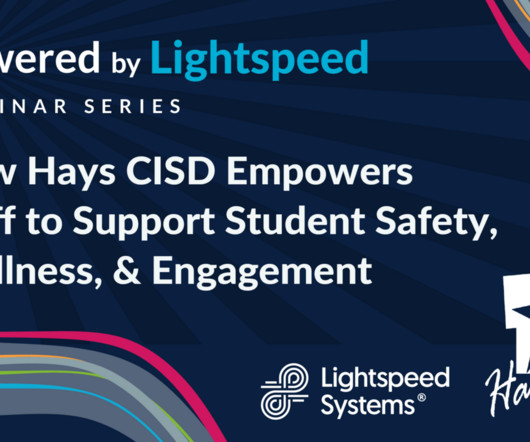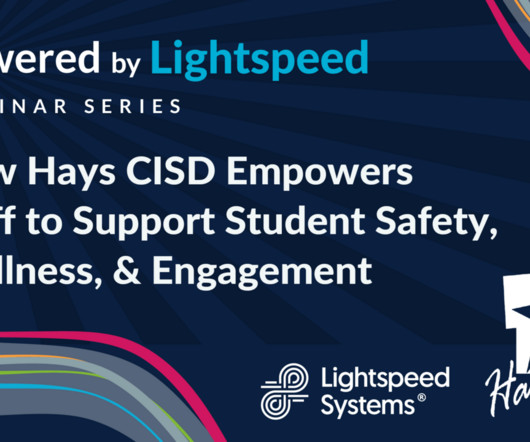After Net Neutrality, Experts Expect Changes to FCC’s E-Rate
Edsurge
JANUARY 3, 2018
It’s no great overstatement to say that the Federal Communications Commission’s recent decision to rollback net neutrality protections has shaken the education community’s faith in open and equitable internet access for all students. But the tea leaves for E-Rate are pretty positive actually.































Let's personalize your content